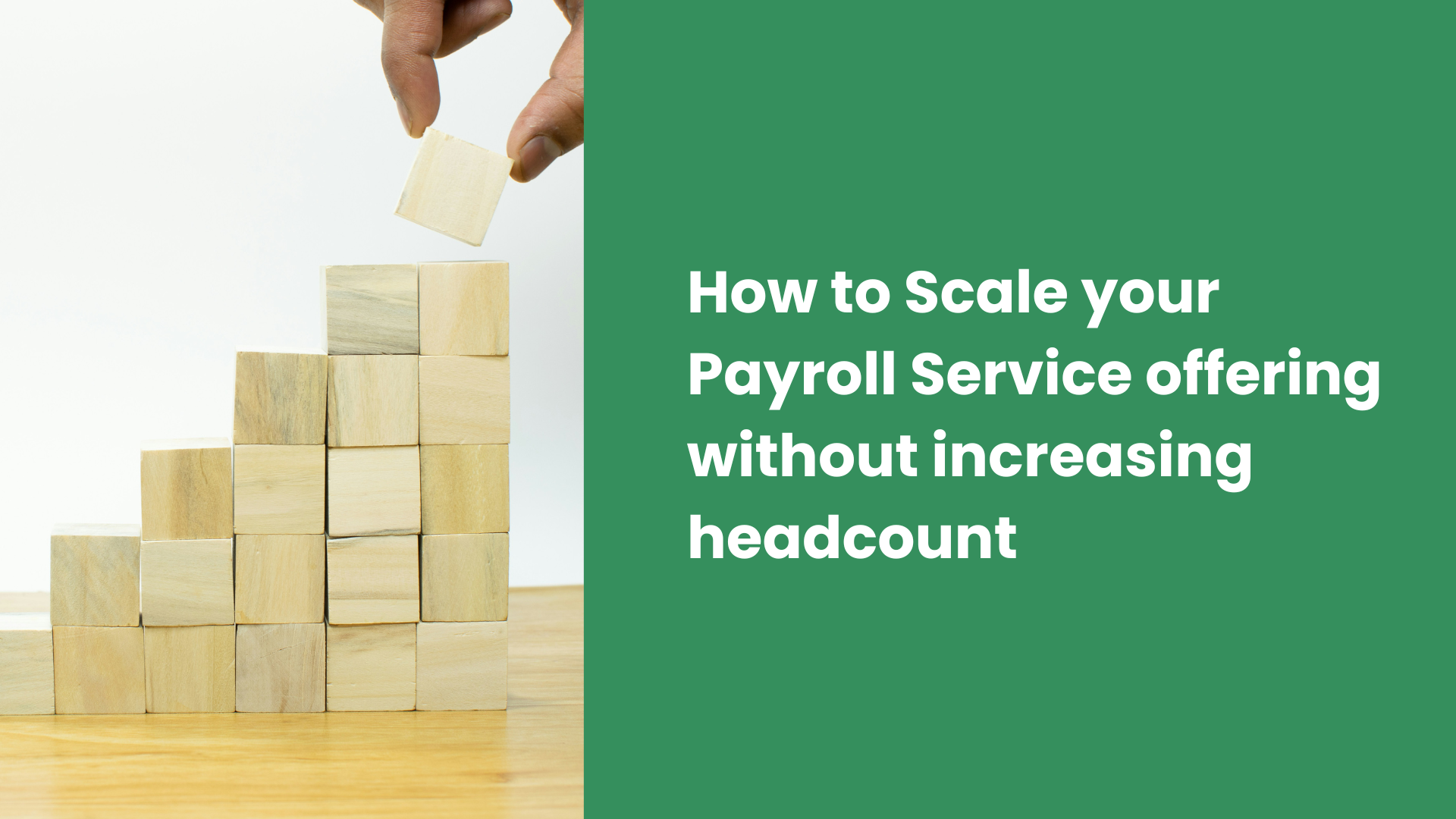The issue – why tight coupling to one payroll platform causes problems
When your clients have to log into “your payroll system”, see “your software screen”, learn “your menu”, and submit “your forms” inside that software, you create a dependency. Here are some of the key frustrations:
- If you ever decide to switch payroll software, you’ll need to retrain clients: new menus, new processes, new navigation. That creates friction, risk of error, and possible client churn.
- Clients who access their payslips, dashboards or reports via that software will experience change, even if backend remains the same. That adds change‑management cost and hurts user adoption.
- You become locked in to that software’s roadmap, UI, terminology. Clients may complain if it’s clunky, slow, or lacks the features you want.
- From a brand‑perspective you lose control: your client sees “software vendor X” rather than “your service”. You may want to present your own branded portal, curated experience, your value‑add.
In short, when the client experience is built directly on the software platform you use, your flexibility is reduced and switching becomes costly.
The alternative – a separate customer portal layer
Instead of tying your clients’ access, dashboards and self‑service to your payroll engine, you build or use a distinct portal layer that sits “on top of” whatever payroll software you use (or may use in future). This portal becomes the front‑door experience for your clients: payslips, reports, approvals, queries, dashboards — all branded with your firm, consistent for the client, and independent of the underlying engine.
Key benefits:
- Future‑proofing: You can migrate your back‑end payroll software (for cost, performance or feature reasons) without your clients seeing a big change. The portal remains the same.
- Training & experience stability: Clients learn “go to my portal”, same navigation, same look/feel. Doesn’t change when you change the software underneath.
- Brand ownership: The portal carries your brand, your service messaging. Clients perceive you as the interface, not the software.
- Simplified onboarding: New clients only need to learn one experience (your portal) rather than learning each payroll software you might use.
- Flexibility for you: You can pick and choose payroll engines, integrate best‑of‑breed tools, or pivot as market evolves without client disruption.
- Better client service: You can layer value‑adds, guidance, FAQ, document repository, chat or help‑desk directly in your portal, which you might not easily do inside a third‑party payroll software.
Why this really matters for outsourced payroll services
Since your audience is outsourced payroll service providers and accountants, these points matter especially:
- You manage multiple clients, often across different payroll engines. Having a consistent portal means you standardise the client interface even if you use different engines under the hood.
- Compliance and accuracy are your core proposition. Minimising “change risk” (from switching software) is a strong selling point to your clients.
- Time savings are key. If you don’t have to retrain dozens of clients or scramble when you change software, you free up your team’s time for value‑add tasks (advice, analytics, client strategy).
- Client satisfaction and retention: If the client experience is smooth and stable, they’re less likely to switch away or feel the pain when you make internal changes.
Some practical considerations and tips
- Portal architecture: Decide whether you build your own portal or use a vendor. Ensure it integrates with multiple payroll engines via APIs or data feeds.
- Data flow: Ensure that payslips, reports and dashboards (generated by whatever software you use) can be published automatically into your portal so the client sees them seamlessly.
- Branding and UX: Keep the portal simple, professional, client‑facing. Your clients aren’t payroll experts — make sure the experience is intuitive and helpful.
- Change‑management internally: When you switch payroll software under the hood, you still need to test data feeds, ensure nothing breaks in the portal, and communicate any slight differences to clients proactively.
- Client communication: Even though the portal hides the software change, you should still let clients know “we’re making improvements behind the scenes, you’ll still log in the same way” – builds trust.
- Scalability: As you grow your business, the portal should handle many clients, many payroll engines, multiple file formats, and regulatory changes seamlessly.
- Compliance and security: The portal still handles sensitive data (payslips, personal info). You must ensure it meets UK data protection, encryption, audit‑trail standards.
How Changepen fits into this vision
At Changepen we recognise that your service is what the client experiences — not the software you use behind the scenes. By providing tools that help you automate, standardise and simplify client delivery, we enable you to build that separate portal‑layer strategy. You can deliver payslips, dashboards, approvals and client self‑service without being locked into a single payroll software vendor. That means you keep your agility, reduce your training burden and maintain a stable client experience — all while focusing on accuracy, compliance and time‑saving for your clients.
Conclusion
If you tie the client experience directly to your payroll software, you risk training overhead, client disruption and lock‑in. By instead using a separate, branded customer portal for your payroll service, you gain flexibility, stability, a consistent client interface and a strong service brand. For outsourced payroll providers and accountants looking to scale and stay agile, this is a smart path forward.

.png)
